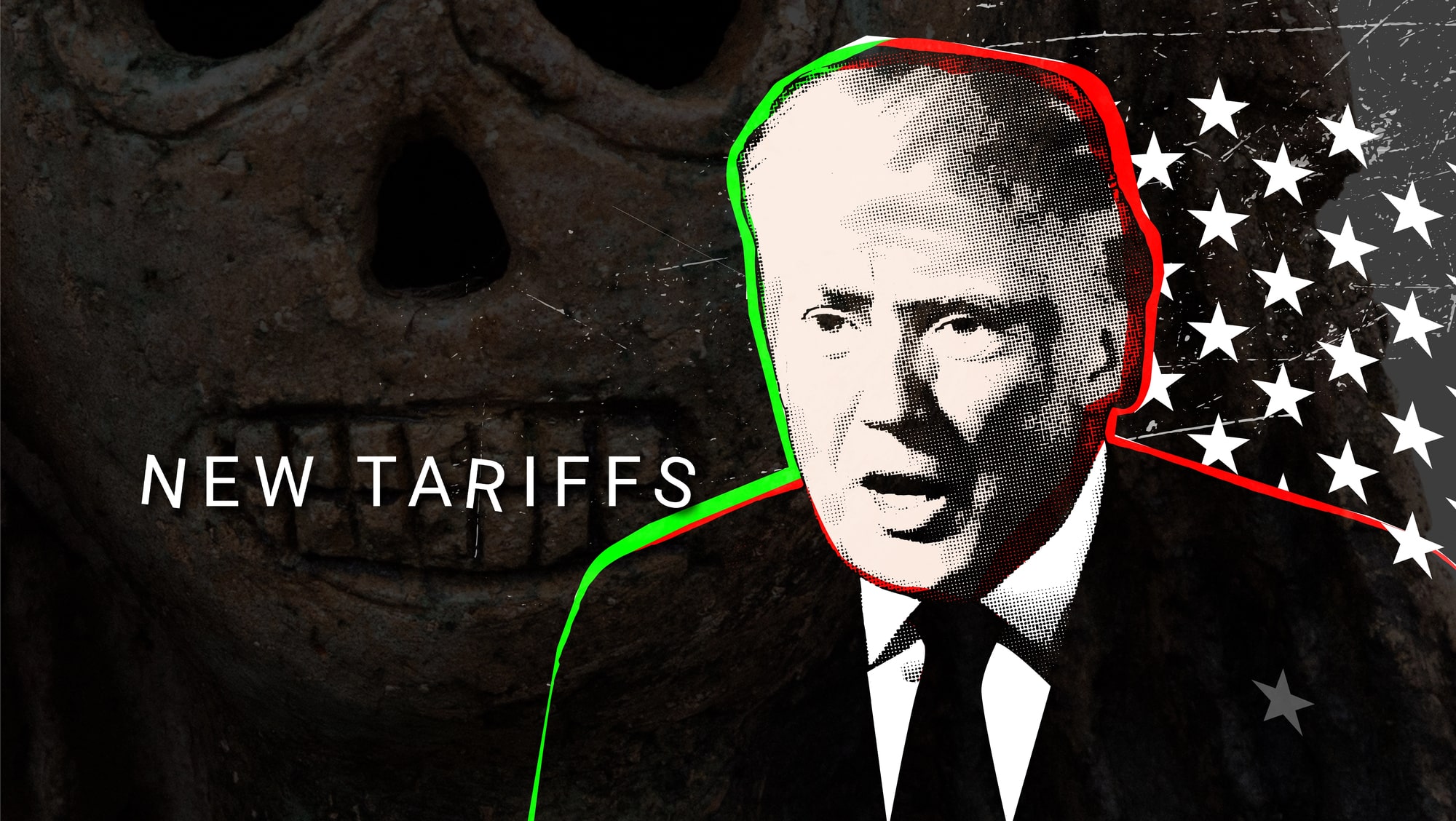As a libertarian commentator who’s spent years dissecting the bloated machinery of the federal government, I’ve watched with a mix of fascination and fury as the executive branch assumes powers that the Constitution explicitly reserved for Congress. The recent Supreme Court arguments on President Donald Trump’s tariffs—heard just a week ago on November 5—serve as a stark reminder of how far we’ve strayed from the Founders’ vision of limited government. Trump’s sweeping import duties, slapped on everything from Swiss watches to Mexican avocados under the banner of “national security,” aren’t just bad economics but are a symptom of a deeper rot: the casual invocation of emergencies to justify executive fiat. In this piece, I’ll unpack the basis of Trump’s claims, recap the courtroom drama, trace the sorry history of how tariff authority shifted from Congress to the Oval Office over the twentieth century, and wrap up with why this whole charade demands a resounding condemnation of governmental overreach.
Let’s start with the meat of Trump’s argument. When he declared a “national emergency” on April 2, 2025, Trump didn’t mince words: America’s yawning trade deficits were “hollowing out our manufacturing base,” crippling supply chains, and leaving our defense industrial base at the mercy of “foreign adversaries.” To fix this, he unleashed a 10% baseline tariff on imports from virtually every country, with steeper rates—up to 50%—for nations like China, Mexico, and Canada running large surpluses with us. The fentanyl crisis got a nod too, with duties on Canadian and Mexican goods tied to border security. But the legal hook? The International Emergency Economic Powers Act (IEEPA) of 1977. This Cold War-era relic lets the president “regulate…importation” during declared emergencies threatening national security, foreign policy, or the economy. Trump’s lawyers, led by Solicitor General D. John Sauer, argued that “regulate” is a “capacious” term encompassing tariffs—a tool historically used to control trade flows. They contended that IEEPA’s broad language, combined with the president’s inherent constitutional authority over foreign affairs, shields these moves from judicial second-guessing. Only Congress, they said, could reel it back with explicit legislation. Oh, and refunds? A non-issue, per the administration—any ruling against them could be limited to prospective relief, avoiding a fiscal apocalypse.
This isn’t Trump’s first rodeo with tariffs; his first term flirted with Section 232 of the Trade Expansion Act of 1962 for steel and aluminum duties on similar “security” grounds. But IEEPA marks an escalation: it’s the first time any president has wielded it for blanket tariffs, collecting a staggering $151 billion in the second half of fiscal 2025 alone—a 300% jump from the prior year. Critics, including small businesses like Learning Resources (makers of educational toys) and a coalition of twelve states led by Oregon, sued in droves. They argue IEEPA was meant for sanctions and asset freezes, not taxes—the Constitution’s Article I, Section 8 vests tariff power squarely in Congress as a revenue tool. Lower courts agreed, with the Federal Circuit in August 2025 ruling that IEEPA doesn’t authorize “tariffs of the magnitude” Trump imposed, invoking the Supreme Court’s “major questions” doctrine: agencies (or presidents) can’t claim vast economic powers from ambiguous statutory phrases without clear congressional intent.
Which brings us to the Supreme Court showdown—a two-and-a-half-hour grilling that left Trump’s team singed. Sauer opened by framing the tariffs as essential to combat trade imbalances and fentanyl floods, insisting IEEPA’s emergency powers are “not restrictive.” Chief Justice John Roberts wasn’t buying it, noting the statute “says nothing about tariffs” and questioning if it greenlights duties on “any product from any country for any amount for any length of time.” Justice Neil Gorsuch piled on, highlighting the practical absurdity: even if Congress passed a repeal, Trump could veto it, leaving lawmakers with a two-thirds override hurdle that’s “impossible as a practical matter.” Justice Amy Coney Barrett, often a swing vote, zeroed in on the scope: “Is it your contention that every country needed to be tariffed because of threats to the defense and industrial base? I mean, Spain? France?” Sauer fumbled, citing a Nixon-era appellate case, only for Barrett to swat it down as non-precedential. Justice Brett Kavanaugh, Trump’s second appointee, probed historical uses of “regulate importation,” but even he seemed uneasy, circling back to non-delegation concerns—Congress can’t abdicate its core taxing power without an “intelligible principle.”
On the challengers’ side, Neal Katyal (representing businesses) hammered home the textual mismatch: “Tariff” isn’t in IEEPA, and no prior president stretched it this way in forty-eight years. Oregon’s solicitor general, Benjamin Gutman, invoked major questions and non-delegation, arguing emergencies are “meant to be used in emergencies,” not perpetual trade wars. Justice Elena Kagan quipped caustically, “It turns out, we’re in emergencies…all the time, about, like, half the world.” Justice Sonia Sotomayor confessed, “I just don’t understand this argument.” Bipartisan skepticism reigned; even Trump’s conservative majority looked queasy about blessing a policy hiking household costs by $1,200-$1,600 annually, per the Tax Foundation. Sauer pivoted to revenue as “incidental,” but that rang hollow after months of Trump touting tariffs as a debt-paydown panacea. As arguments wrapped, protesters—small business owners bearing signs like “Tariffs Kill Jobs”—gathered on the steps, a visual rebuke to the administration’s doomsday warnings of depression if refunds hit.
To grasp how we got here requires a detour through U.S. tariff history—a tale of congressional abdication dressed as pragmatism. The Constitution’s framers handed Congress the purse strings: “The Congress shall have Power To lay and collect Taxes, Duties, Imposts and Excises” (Article I, Section 8). Tariffs were the early republic’s lifeblood, funding 90-95% of federal revenue from 1790 to 1860. The first Treasury Secretary Alexander Hamilton’s 1789 Tariff Act kicked it off, blending revenue with infant-industry protection against British dumping. The nineteenth century saw partisan ping-pong as Democrats pushed low duties for Southern exports and Republicans high ones for Northern factories. The 1828 “Tariff of Abominations” sparked nullification threats from South Carolina; the Morrill Tariff of 1861 funded the Civil War while shielding industry. Post-war, tariffs averaged 40-50%, inviting reciprocity deals.
The twentieth century’s pivot began with crisis. World War I’s Trading with the Enemy Act (1917) gave presidents wartime trade controls, a taste of delegation. The 1920s roared with protectionism: the Emergency Tariff (1921), Fordney-McCumber (1922)—allowing presidential tweaks up to 50% for “equalization”—and Smoot-Hawley (1930), jacking rates to 60% and deepening the Depression via global retaliation. Trade collapsed 66%; unemployment soared. Enter Franklin Roosevelt: the Reciprocal Trade Agreements Act (1934) flipped the script, authorizing bilateral cuts up to 50% without congressional vote, birthing the “reciprocity era.” Upheld in J.W. Hampton, Jr. & Co. v. United States (1928), this delegation passed muster under the “intelligible principle” test—Congress set bounds, presidents filled details.
Post-WWII, delegation snowballed. The Trade Expansion Act (1962)’s Section 232 let presidents tariff for “national security” threats—a vague hook for steel probes. The Trade Act (1974) added Section 301 for unfair practices and Section 122 for balance-of-payments crises. IEEPA (1977) curbed the overbroad TWEA but kept emergency powers to “regulate importation” amid threats like the Iranian hostage crisis. By the 1980s, presidents from Ronald Reagan to Barack Obama wielded these for targeted sanctions, not blanket taxes. Congress, distracted by entitlements and wars, let the executive drift toward unilateralism. Trump’s first-term duties cited Section 232; his second stretches IEEPA into uncharted tax territory, collecting $200 billion so far and risking WTO meltdown (he suspended U.S. contributions in March 2025).
This historical slide—from congressional micromanagement to presidential free-for-all—exposes the folly of delegation. What began as wartime exigency morphed into peacetime habit, eroding checks and balances.
And that’s where the real outrage lies: the shameless abuse of “national security” as a get-out-of-jail-free card. Trump’s tariffs aren’t about defending against invasion; they’re economic nationalism on steroids, punishing allies like Switzerland (where we run surpluses), and hiking costs for American families. IEEPA demands an “unusual and extraordinary threat”—yet trade deficits, perennial since 1975, and fentanyl (a law enforcement issue) don’t qualify as emergencies justifying global taxation. This isn’t security; it’s sleight-of-hand, letting presidents bypass Congress on everything from immigration to opioids.
Trump’s tariffs, if upheld, would entrench this imperial presidency, inviting future Joe Bidens to “secure” green energy or DEI quotas the same way. The economic hit—lost jobs, inflation, retaliatory duties—pales next to the constitutional wound. The Court must strike them down, not just for textual fidelity but to reclaim deliberative governance. As the justices deliberate, let’s hope they remember: true security lies in limited government, not limitless excuses.















